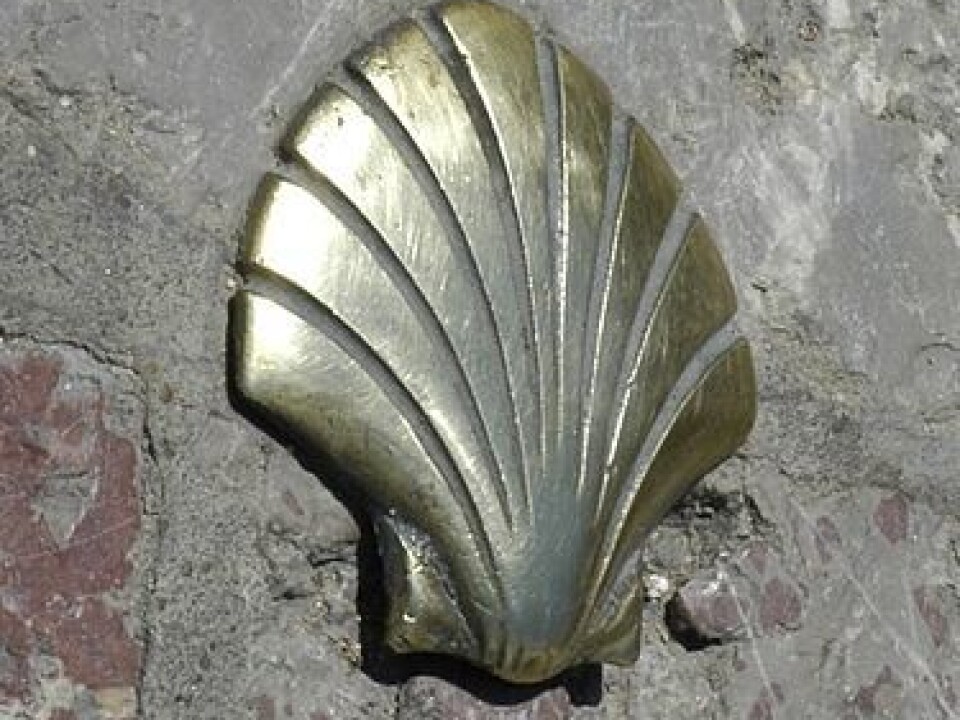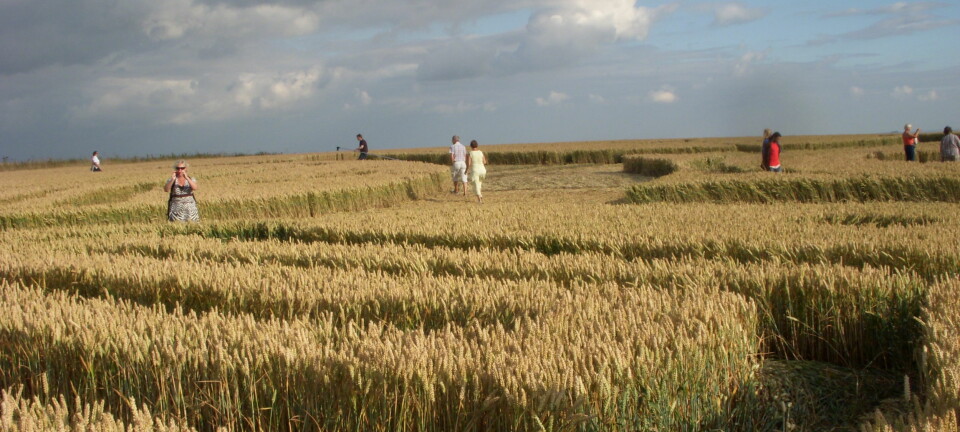
Finding answers on a pilgrims’ trail
Pilgrims who follow a popular route in northwest Spain are often searching for something. Many find the same answers.
The Cathedral in Santiago de Compostela is the goal of one of the world’s most famous pilgrim routes.
A few decades ago less than 10,000 hikers made their way annually along the entire route to the destination of this Catholic pilgrimage. This year an estimated 300,000 will go the distance.
To get a diploma proving you have walked the pilgrim route – “El Camino” – you need to hike at least 100 kilometres. But many do more than that. The entire route from the Pyrenees to the town of Santiago is 800 kilometres.
Is religion the motivation?
Mats Nilsson, a researcher at Karlstad University in Sweden, wondered why so many make this walk.

Are they doing it for religious reasons? Are they trying to find themselves? Or is it just an alternative type of tourism, a break from beaches and disco bars?
“The increasingly more popular pilgrim trek is a trend which is not immediately easy to understand from a religious perspective. We think of religion as losing momentum in our western European society,” says Nilsson to ScienceNordic’s Swedish partner, forskning.se.
That said, Nilsson thinks the Route to Santiago is perceived as spiritually meaningful by those who hike it even though it is not interspersed with holy sites along the way, as pilgrim routes so often are.
Instead, the walk itself is the pre-eminent experience and motivation.
A crossroads in life

When Mats Nilsson interviewed people along the pilgrim route he discovered that many of them were at some crux in their lives.
Perhaps they had graduated from college, or their children had moved away from home or they had recently retired.
The researcher found that for many the most important feature of the trek was the opportunity to spend time in silence with their own thoughts and reflections.
And many of these pensive pedestrians arrive at the same answer:
"They realise that the pursuit of material wealth or attempts to achieve a host of goals in life are not so important. When they come home they want to appreciate friendships and have a less stressful lifestyle.”
The pilgrim is a tourist
Other researchers have studied the pilgrimages, including two with local knowledge, both at the University of Santiago de Compostela.
In a research article in 2002, Xosé M. Santos concluded that the road itself is more important than the destination.
Santos wrote that there is little difference between the pilgrim and the tourist. He thinks that religious groups are the prime spielers of this as an act of religious devotion.
But most of these pilgrims who come by foot to Santiago de Compostela are simply tourists, concludes the local researcher.
Fits in with modern tourism
In another research article written by Rube’n C. Lois González, also of the University of Santiago de Compostela, the success of the pilgrim route to the city is attributed to the way it coincides with the goals many now have when they set off on their travels and holidays.
They seek experiences that are out of the ordinary.
In many cases, in a break from a hectic daily life, they wish to move slowly through landscapes and have the opportunity to take them in thoroughly. Get a fresh breath. Many also want to learn more about culture and history.
And many want to meet new people.
González thinks that even though the goal of the route is a traditional Roman Catholic pilgrimage site, the walk along “El Camino” puts the wanderer into a multicultural and a multi-religious context. This is a setting that many urban dwellers are now comfortable with. They feel at home with a wide mix of fellow travellers along this ancient path.
------------------------------------------------
Read the Norwegian version of this article at forskning.no
Translated by: Glenn Ostling
Scientific links
- Mats Nilsson: “Post-Secular Tourism A Study of Pilgrimages to Santiago de Compostela”, doctoral dissertation at Karlstad University, 2016. Thesis.
- Xosé M. Santos: “Pilgrimage and Tourism at Santiago de Compostela”, Tourism Recreation Research, 2/2002. Abstract.
- Rube’n C. Lois González: “The Camino de Santiago and its contemporary renewal: Pilgrims, tourists and territorial identities”, Culture and Religion: An Interdisciplinary Journal, 14/2013. Abstract.








